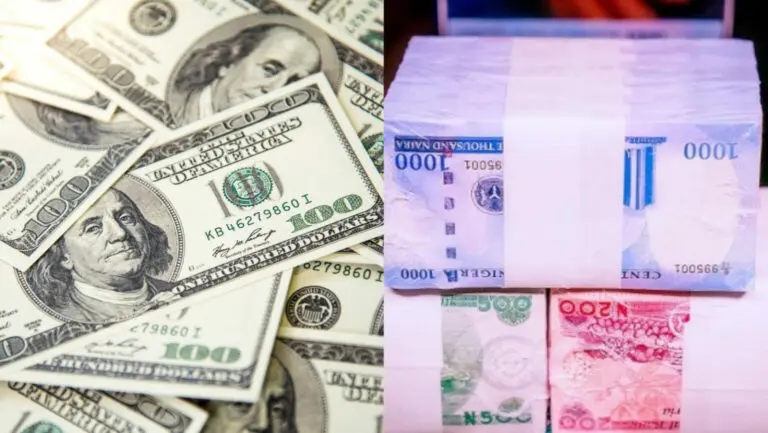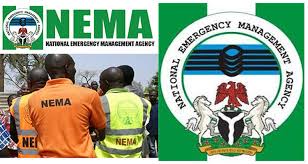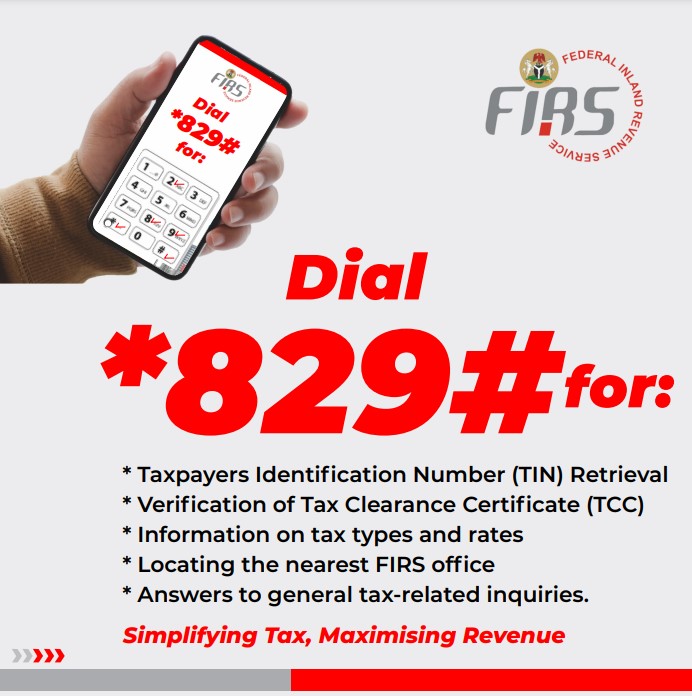Top Stories
Naira falls to 1520.4/$1 in official market, depreciates by 11% in 7 days

The exchange rate between the Naira and dollar on the official NAFEM window fell to N1,520.4/$1 on Tuesday, May 14, 2024.
This is a 2.78% depreciation from the previous day close of N1,478.11/$1, marking the weakest position the Naira has held in over six weeks.
This downturn is significant as it is the first time since March 19, 2024, that the official exchange rate has breached the N1,500/$1 level, signaling ongoing volatility in the forex market.
The decline over the last week has been particularly steep, with the Naira losing approximately 11% of its value in the official market, a trend that underscores the challenges facing Nigeria’s currency stabilization efforts.
The trading dynamics on Tuesday further illustrate the erratic nature of the forex market; the intra-day high reached N1,568/$1, suggesting a temporary peak in the sell-off, whereas the intra-day low dipped to N1,350/$1, indicating a potential buy-back or corrective movement within the same trading session.
FX supply crashes by 41%
The significant depreciation of the Naira in recent days can be partly attributed to a noticeable decline in dollar liquidity in the official market.
- On Tuesday, the daily turnover in the forex market witnessed a sharp drop of about 41%, closing at $128.76 million compared to $217.64 million recorded the previous day.
- This decline reflects the erratic nature of dollar supply, which had seen a substantial 91% increase just the day before, highlighting the unpredictable fluctuations in foreign exchange supply to the official market.
- Despite these challenges in the forex market, Nigeria’s foreign exchange reserves have shown signs of resilience, registering a continuous rise over the past two weeks.
Since April 19, 2024, the reserves have increased by $262 million, providing a cushion that might help stabilize the currency if strategically managed.
The increase started at around the time that the Governor of the Central Bank of Nigeria (CBN) Yemi Cardoso, said that the apex bank is not making efforts to defend the naira following over one-month dip streak in the country’s reserves.
Parallel market pressure
The Naira also showed stark volatility, with trading between N1,520/$1 and N1,550/$1 in major cities like Lagos and Abuja on Tuesday.
- This marks a notable decline from the earlier rate of N1,475/$1 reported in the unofficial market at the start of the week.
- The gap between the official and parallel market rates has seen some contraction in recent weeks, attributable to the Central Bank of Nigeria’s adoption of a more market-oriented approach to price discovery.
- Despite these efforts, anomalies persist, with the official market at times posting weaker rates compared to its parallel counterpart.
- However, the latest depreciation trends suggest that the parallel market has experienced a sharper decline relative to the official rates.
Market analysts link this to heightened demand from importers and Nigerian travellers needing foreign exchange.
Further compounding the issue, customers at commercial banks report significant hurdles in purchasing forex directly over the counter, often being informed of its unavailability.
This has driven many to the parallel market, exacerbating the pressure on the already strained exchange rate.


 Sports17 hours ago
Sports17 hours agoOleksandr Usyk defeats Tyson Fury to tetain heavyweight title

 Politics17 hours ago
Politics17 hours agoWe Will Bury PDP, Ibori’s Daughter Blows Hot

 News17 hours ago
News17 hours agoNigerian Emergency Agency NEMA Puts All Offices On Alert Over Fatal Stampedes

 Sports17 hours ago
Sports17 hours agoCAF Made Me Believe I Won – Achraf Hakimi

 Top Stories17 hours ago
Top Stories17 hours agoEmefiele: EFCC secures final forfeiture of 1.925 hectares of landed property linked to former CBN Governor
- News5 hours ago
NIGERIAN BREWERIES PARTNERS OZA CARNIVAL








